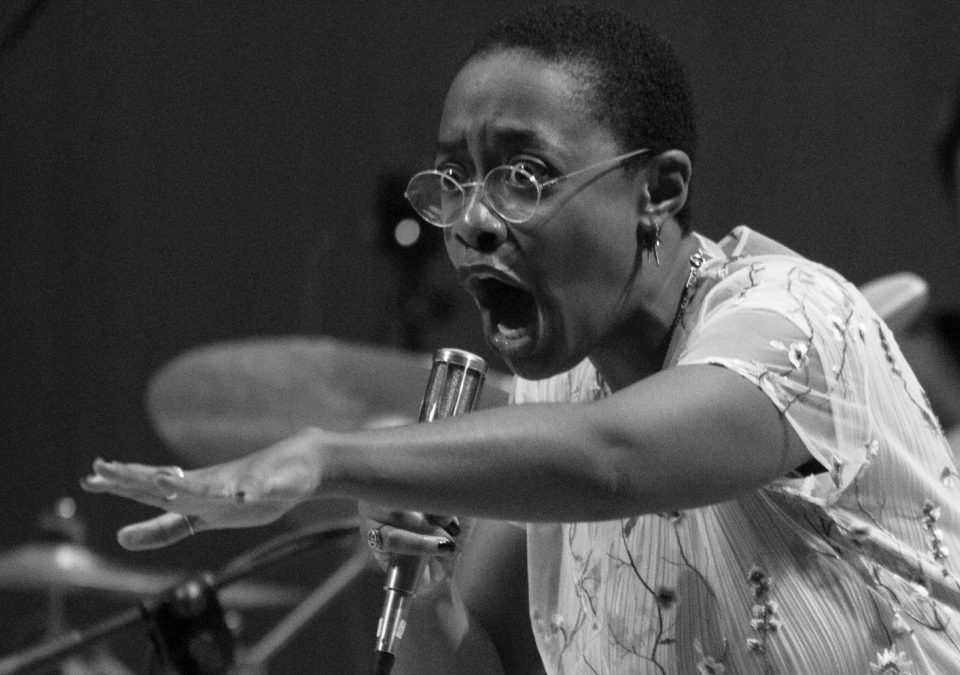
Cécile McLorin Salvant JAZZMADRID21
Cécile McLorin Salvant
JAZZMADRID21
Festival Internacional de Jazz de Madrid
10
DICIEMBRE, 2021
Cécile Mclorin Salvant, voz/ Marvin Sewell, guitarra/ Alexa Tarantino, saxo alto y flauta/ Yasushi Nakamura, contrabajo/ Glenn Zaleski, piano/ Keito Ogawa, batería y percusión.
Texto: Manuel Borraz
Fotos: Elvira Megías/ CNDM
Con tan solo treinta y dos años, tres Grammys a sus espaldas y primeros premios en competiciones de gran prestigio internacional, como el Thelonious Monk Competition, Cécile Mclorin Salvant actuó el pasado 14 de noviembre en el Festival de Jazz de Madrid donde ofreció un recital a sexteto en el Auditorio Nacional junto a Marvin Sewell (guitarra), Alexa Tarantino (saxo alto y flauta), Yasushi Nakamura (contrabajo), Glenn Zaleski (piano) y Keita Ogawa (batería y percusión).
Cécile McLorin Salvant & Sullivan Fortner – Ma Plus Belle Histoire d’Amour (Live)
Cécile McLorin Salvant representa a día de hoy toda una referencia y un punto de inflexión en la historia del jazz vocal. Su recitación está cargada de un componente hipnótico y emocional, su vasto arsenal de habilidades y destrezas técnicas le brindan una gran libertad de posibilidades y su conexión con la tradición del género enraiza el espectáculo generando un clima de calidez, fluidez y exuberancia.
Cécile McLorin ya era carismática y tenía una gran presencia desde sus inicios, tras su aclamado WomanChild y la continuación de sus proyectos como For One to Love, Dreams and Daggers, etc. Aun así, esta presencia y visión creativa se ha intensificado. Cécile McLorin es dueña del escenario, su voz es un juguete que moldea y adapta con dominio; se podría decir que su habilidad vocal ha evolucionado para adaptarse a las necesidades de una autora y personalidad musical que trasciende el género para darle un componente identitario de gran valor.
Salvant es un prodigio y no hay duda alguna de ello. Ha encontrado conexiones entre las tradiciones populares de todo el mundo, el teatro, el blues, el vodevil, los musicales, el jazz y la música barroca. Ya estudiaba música barroca y jazz en el Conservatorio de Música Darius Milhaud en Aix-en-Provence, Francia; todo esto mientras realizaba una licenciatura en derecho francés en la Université Pierre-Mendes France de Grenoble.
En esta propuesta a sexteto, Cécile McLorin refleja en su directo una gran pasión narrativa y la diversidad estética de su pasado, con giros inesperados y sorpresas musicales, además de un humor y un saber estar que atrapan y que se transmiten con facilidad a un público que queda anonadado y entregado ante una personalidad con estas características.
Cécile McLorin renueva el género en cada paso que acomete, desde un imperativo de creación personal, bajo una mirada única y creativa y una rica combinación de componentes. Sabe elegir muy bien a sus aliados y esto se notó en su concierto en el Auditorio Nacional a través de una propuesta contemporánea, llena de matices, donde el jazz de vanguardia afloró con una identidad clara, mostrando y dejando entrever su próximo proyecto discográfico Ghost Song: pudimos escuchar canciones como Ghost Song, Thunderclouds, Optimistic Voices, No Love Dying, Obligation y The World is Mean, pertenecientes a su próximo álbum que saldrá a la luz en 2022 bajo el sello discográfico Nonesuch Records.
En el concierto incluyó un repertorio en el que no faltó la variedad estética con temas como Fog (de su álbum For One to Love), The Obsession (de su álbum a dúo The Window) versiones de temas como Pirate Jenny, o los ya clásicos Over the Rainbow, Optimistic Voice. Además, sus dos bises Le Temps est Assassin y Alfonsina y el Mar, dejaron al repleto auditorio en un mar de aplausos.
Cécile, nacida y criada en Miami, Florida, de madre francesa y padre haitiano, ya nos ha dejado boquiabiertos en diversas ocasiones y en diversos formatos, desde su propuesta a dúo junto al maravilloso pianista Sullivan Fortner hasta sus programas junto a Aaron Diehl trio. Sin embargo, en esta ocasión parece que Cécile McLorin ha apostado por una vía más suya si cabe, más contemporánea, propia e innovadora. Ella misma ha afirmado que “no se parece a nada que haya hecho antes, se está acercando a reflejar mi personalidad como curadora ecléctica, ¡Estoy abrazando mi rareza!”
Quedamos agradecidos por poder contar con una talentosa personalidad de esta magnitud en el Festival de Jazz de Madrid y esperamos la salida de su álbum Ghost Song.
Cécile McLorin Salvant au Detroit Jazz Festival

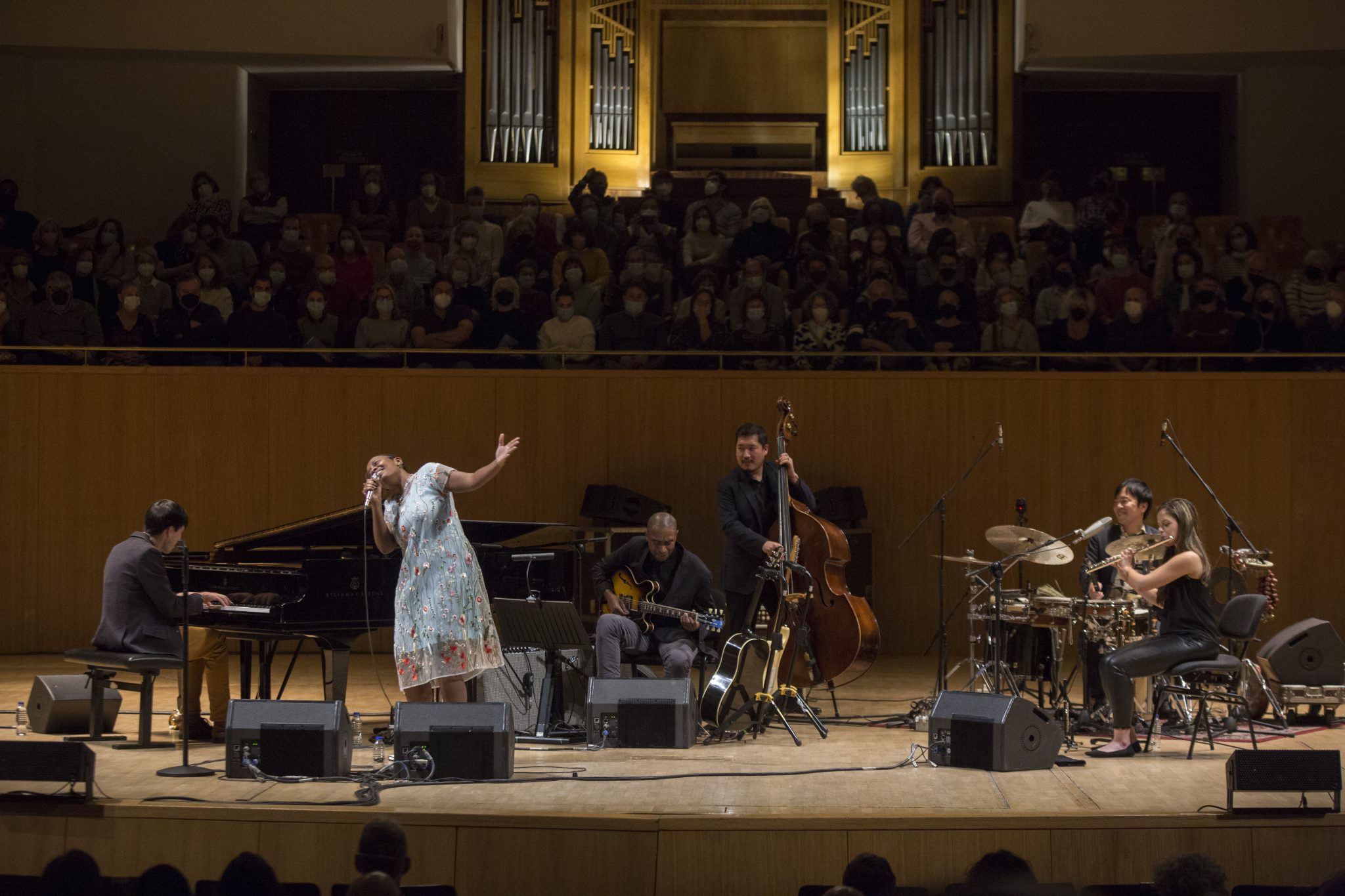
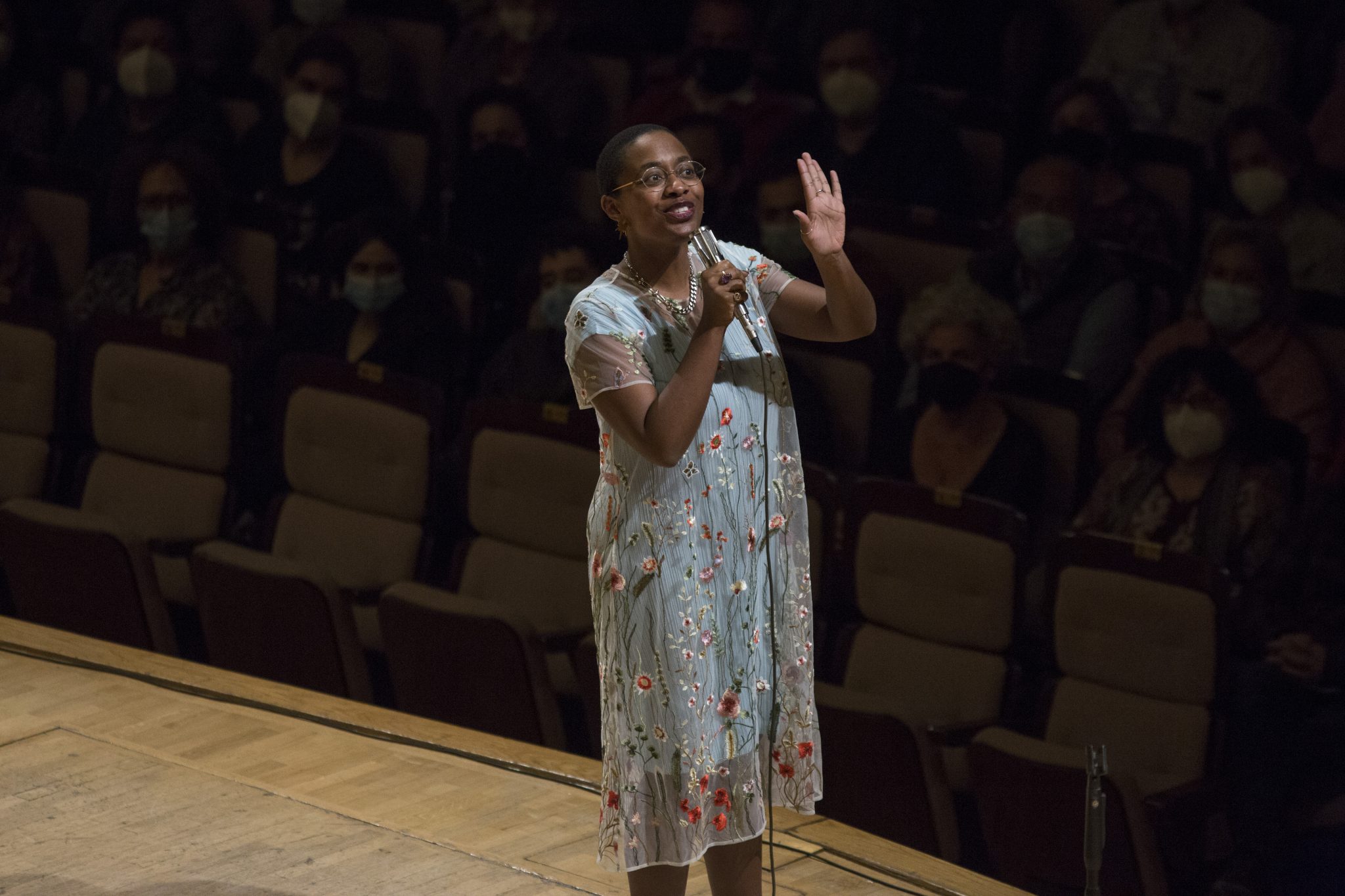



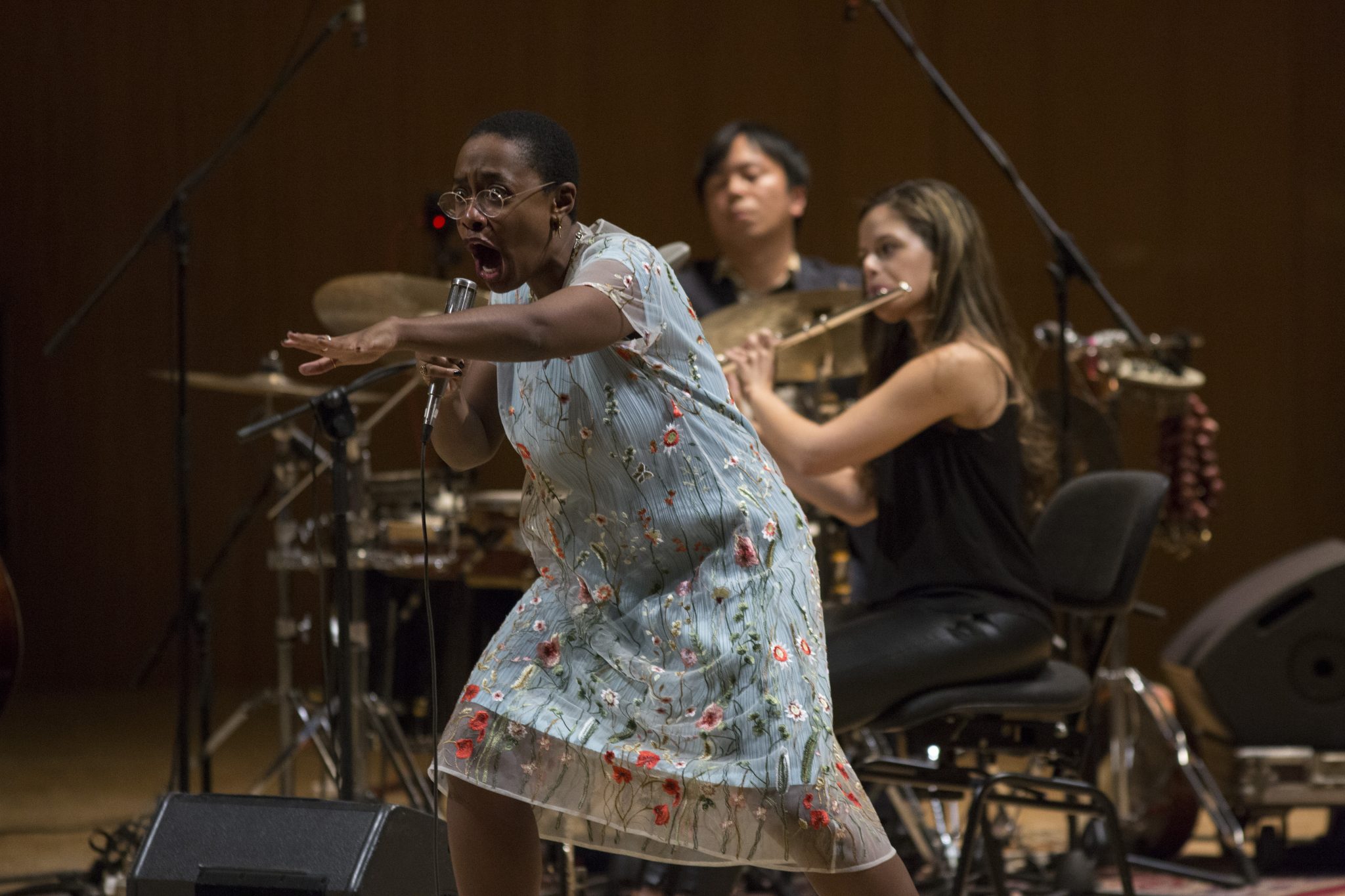
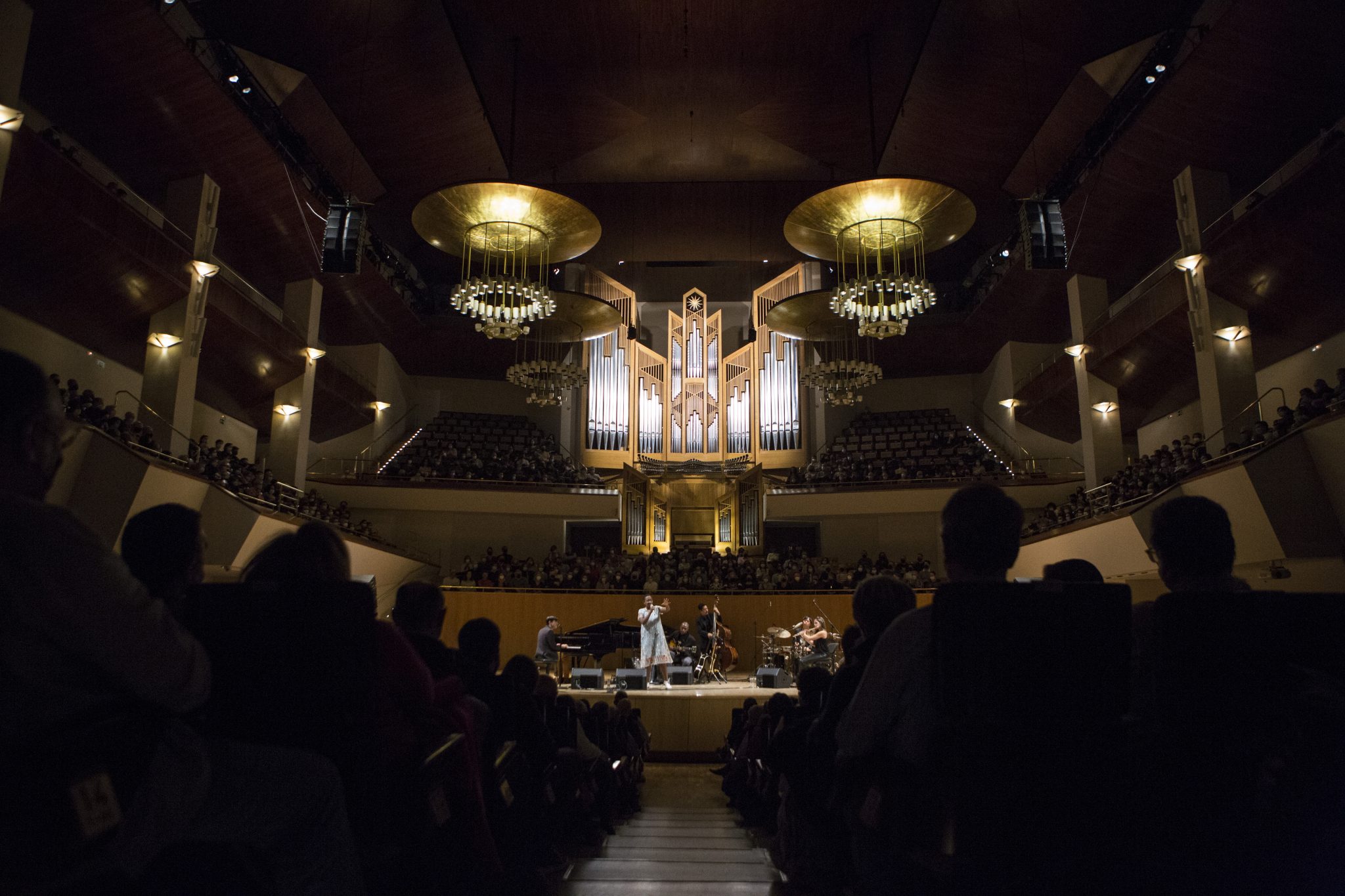
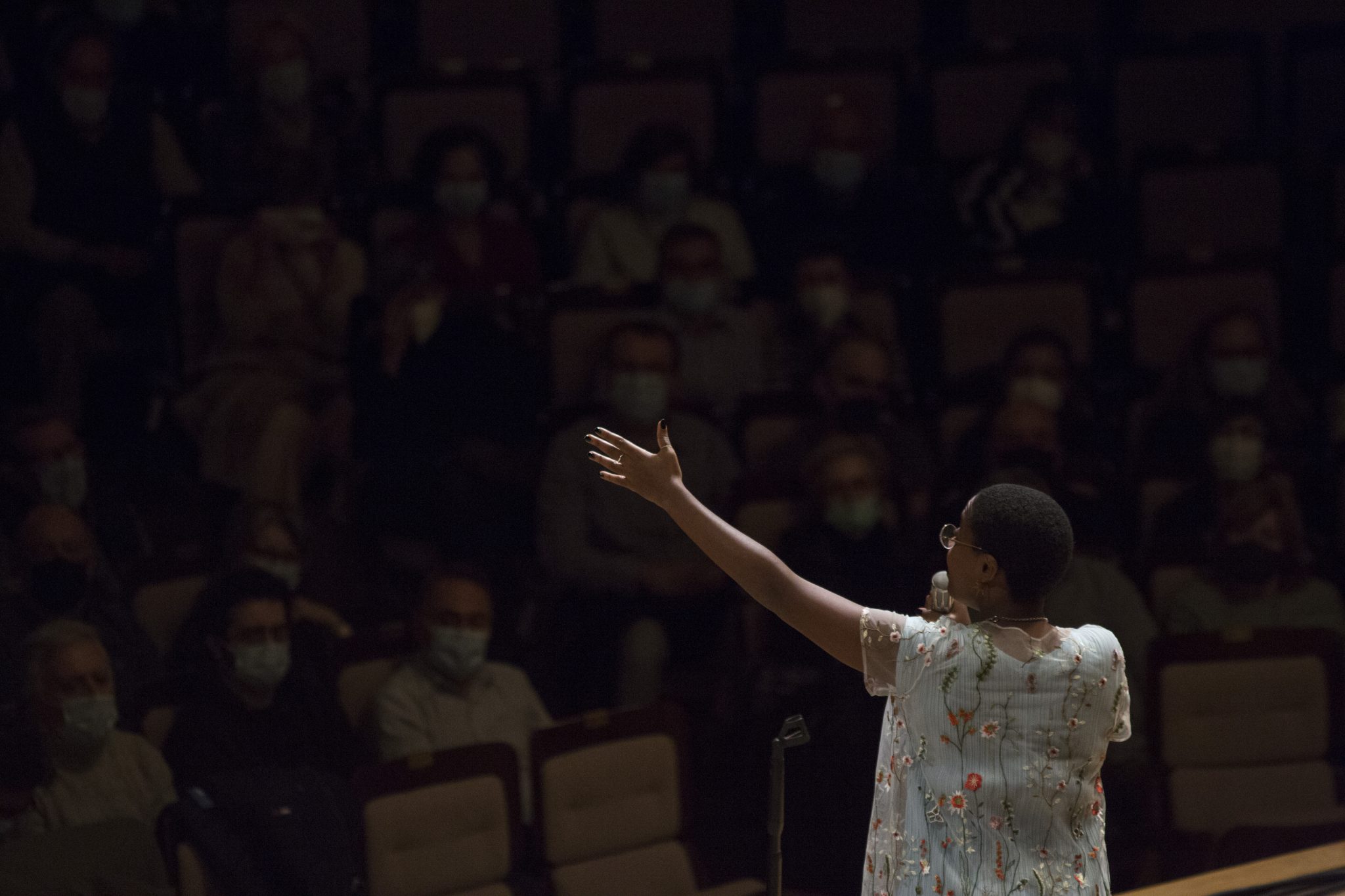

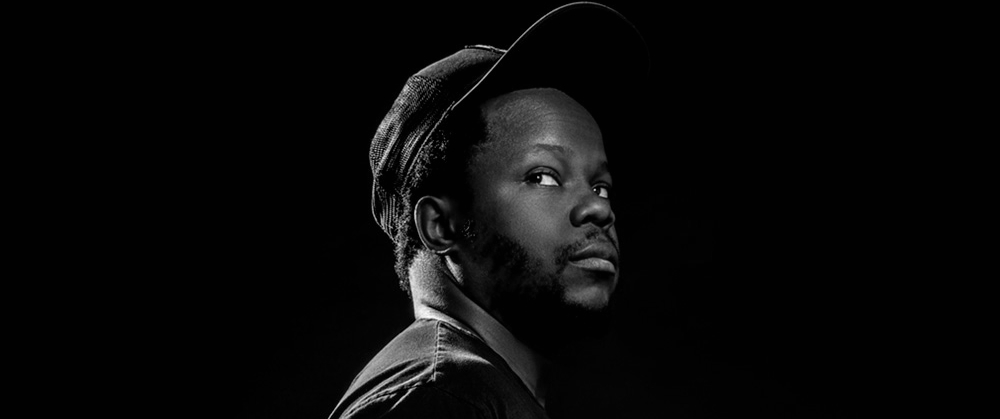
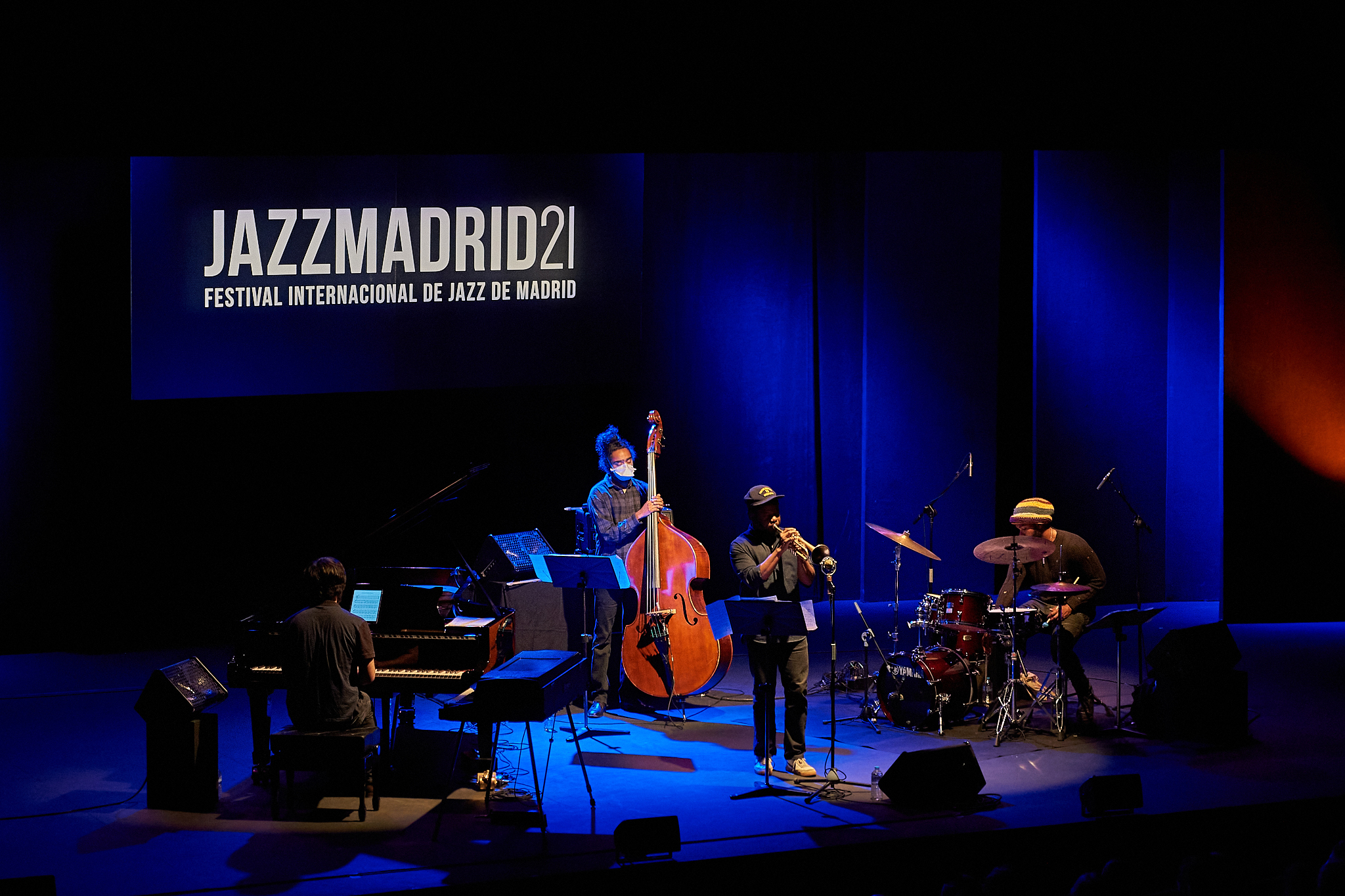
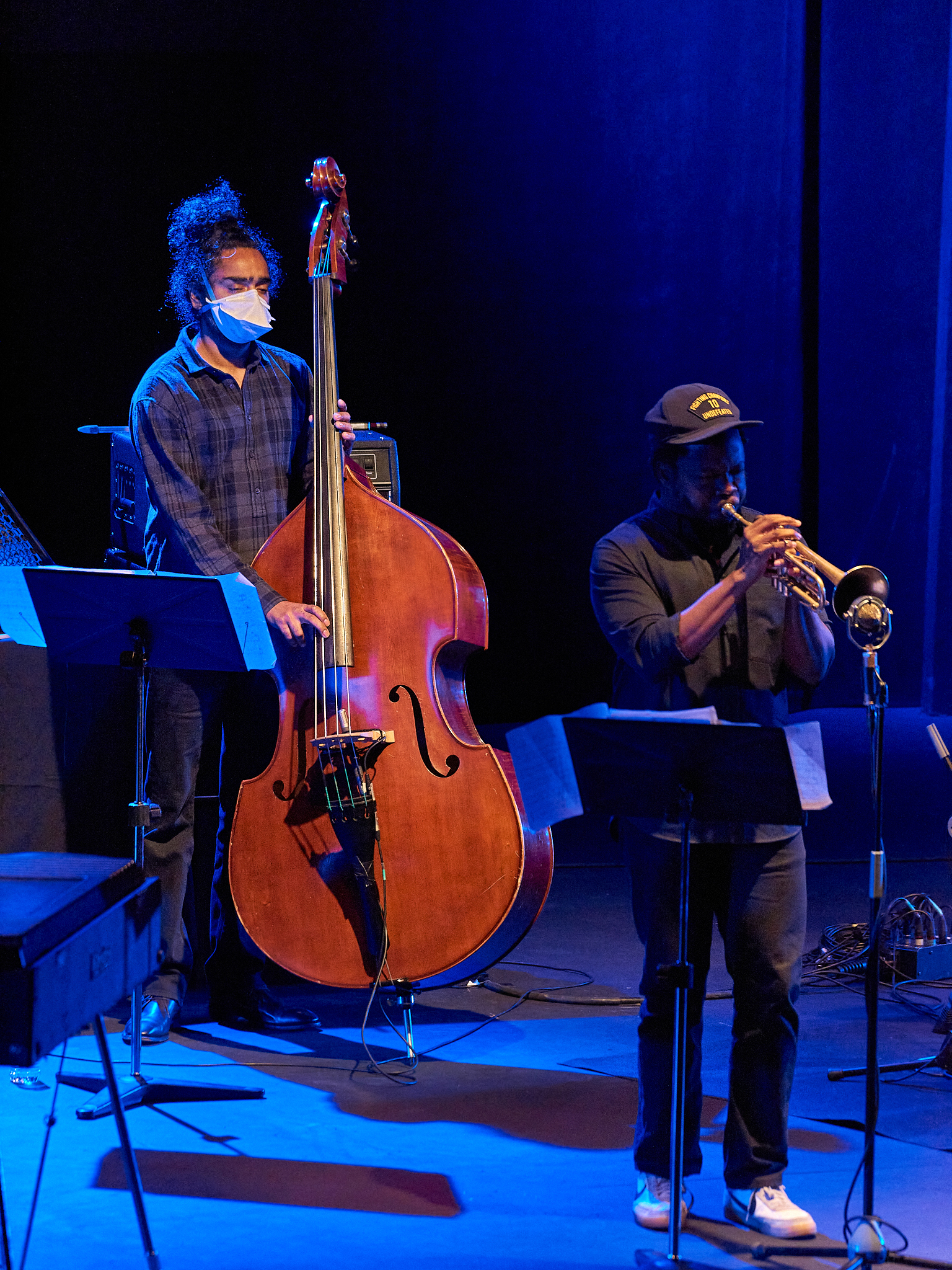
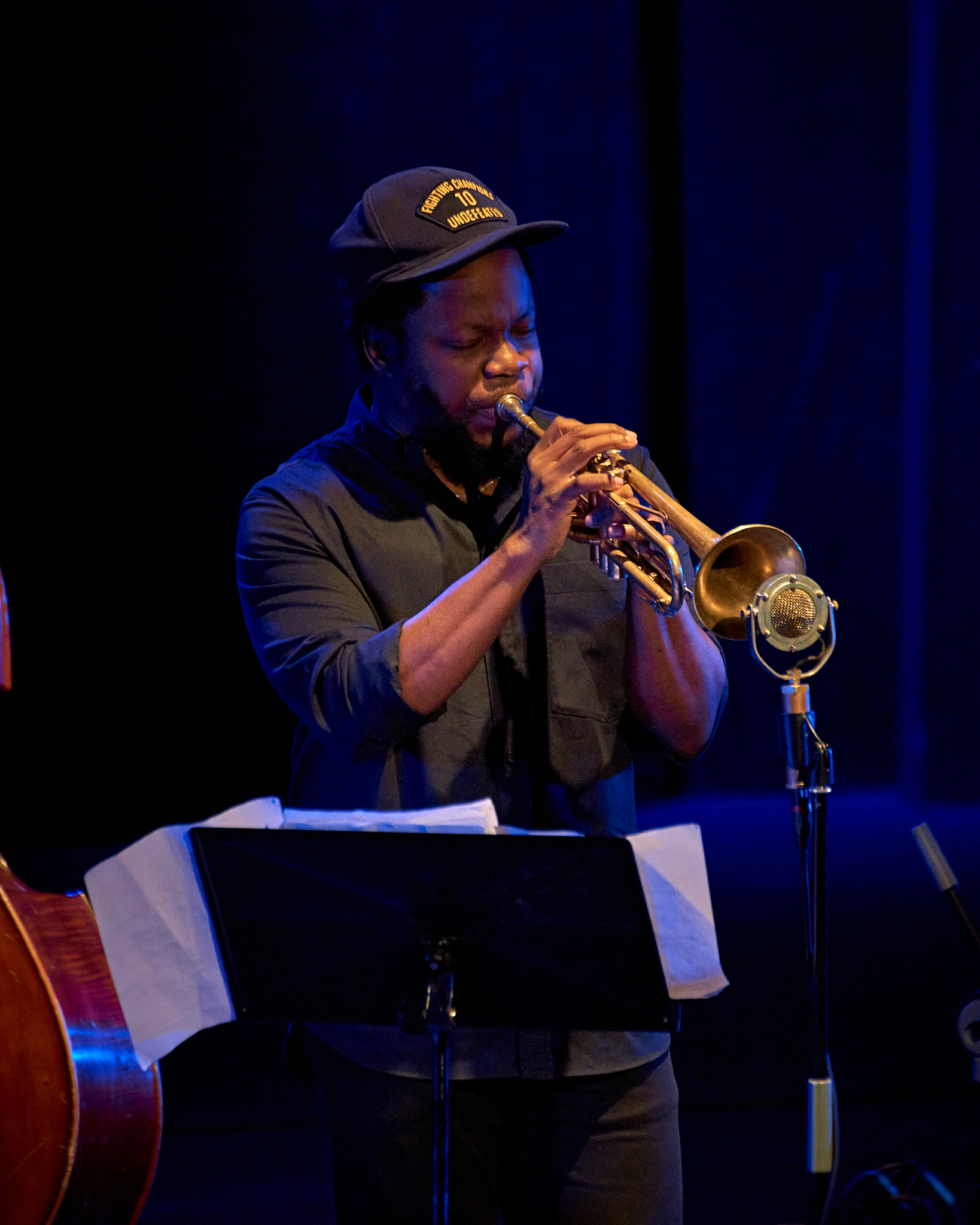


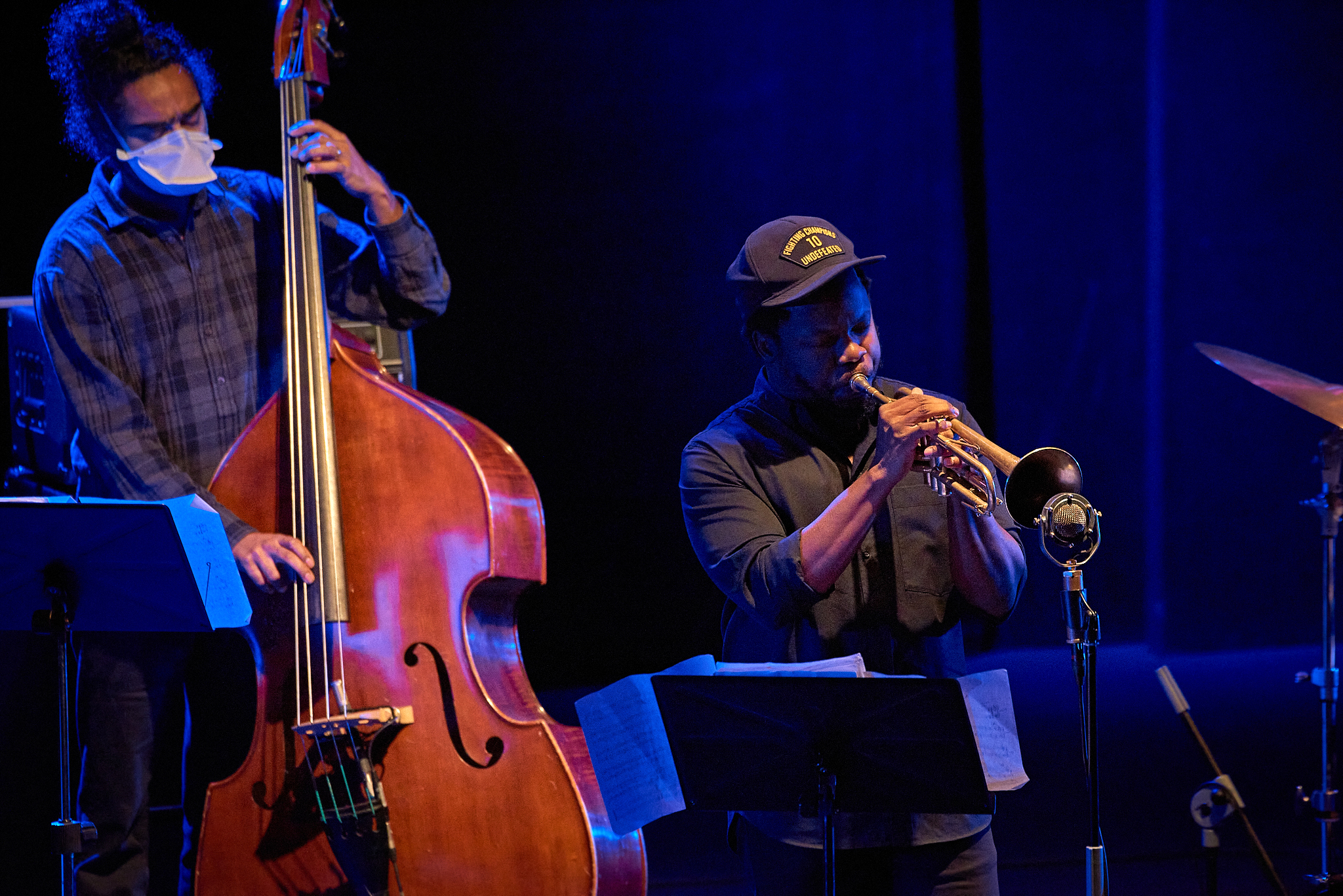
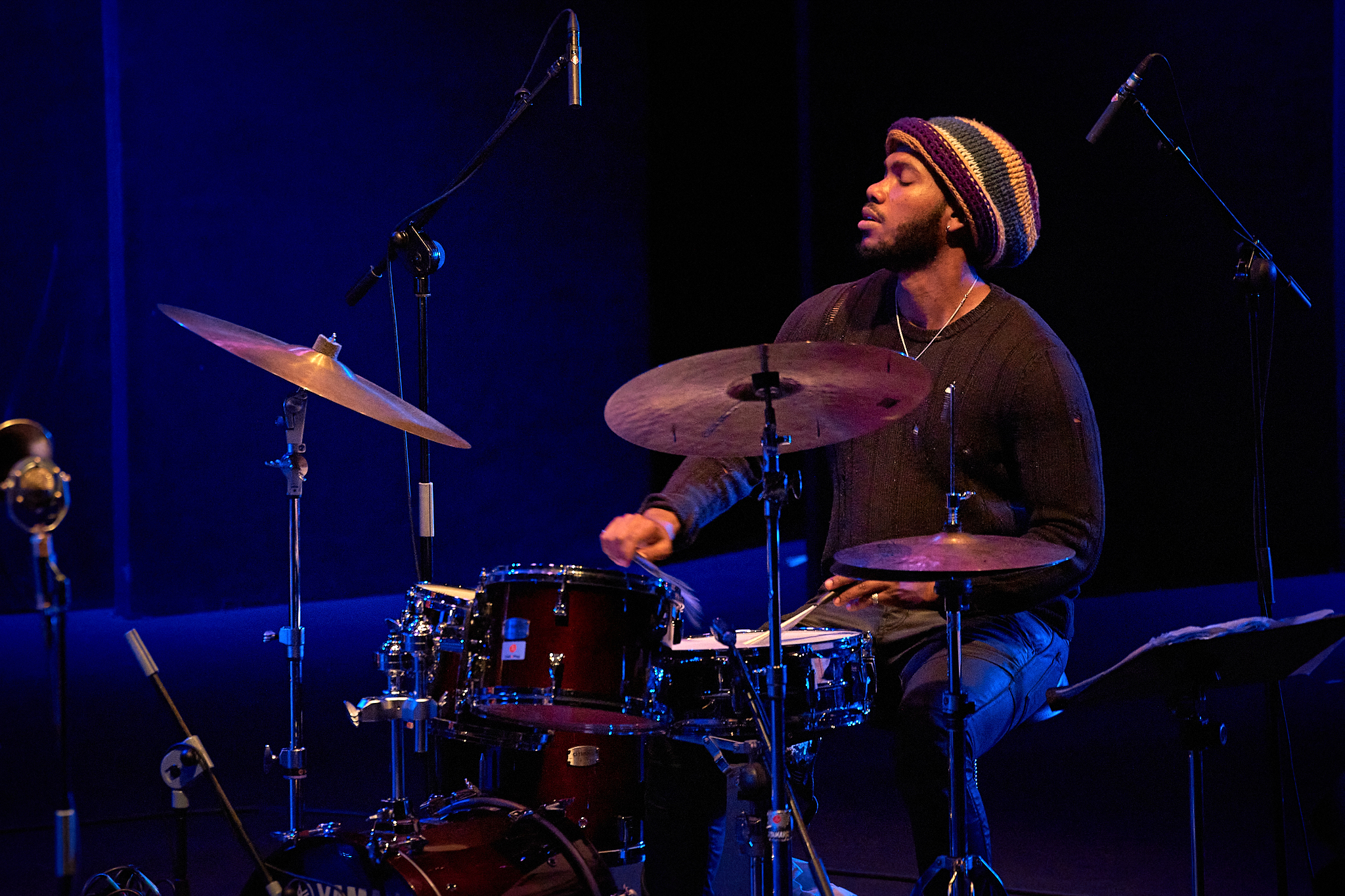
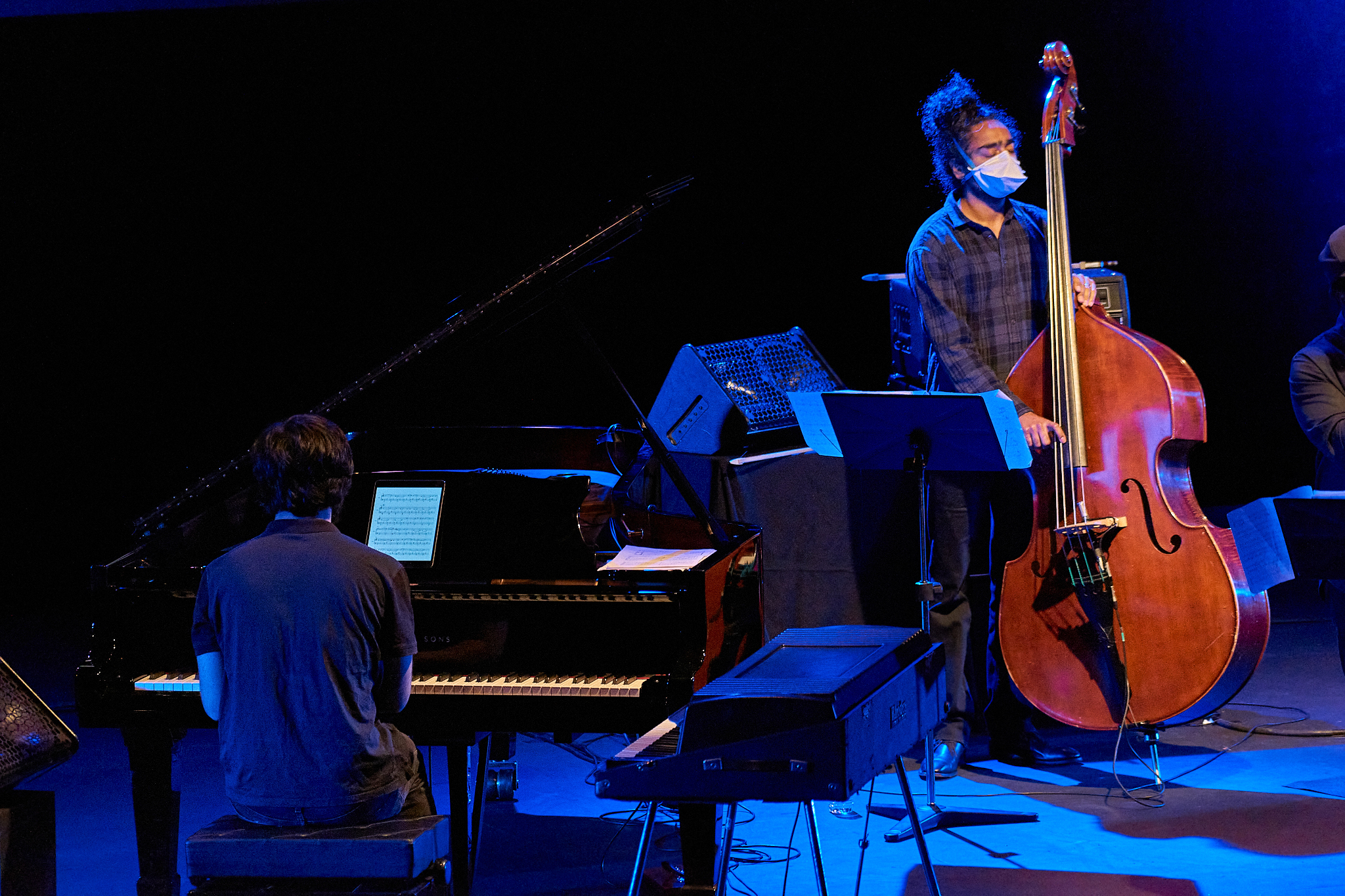

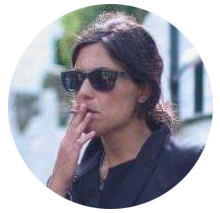
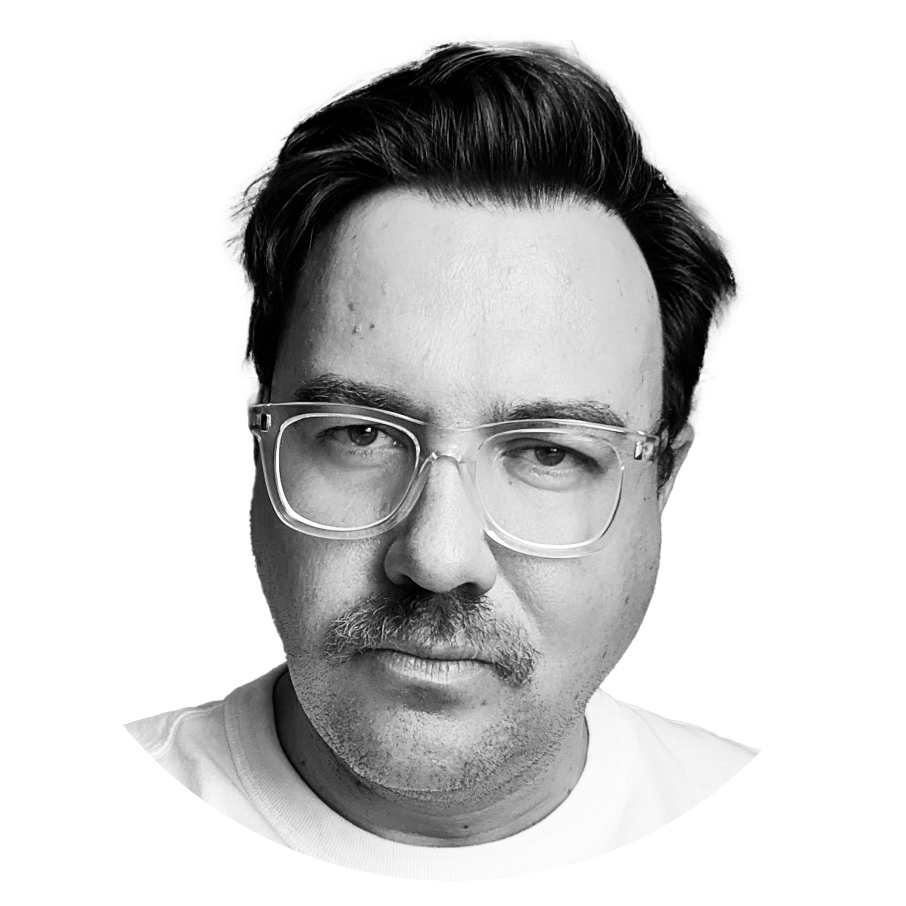
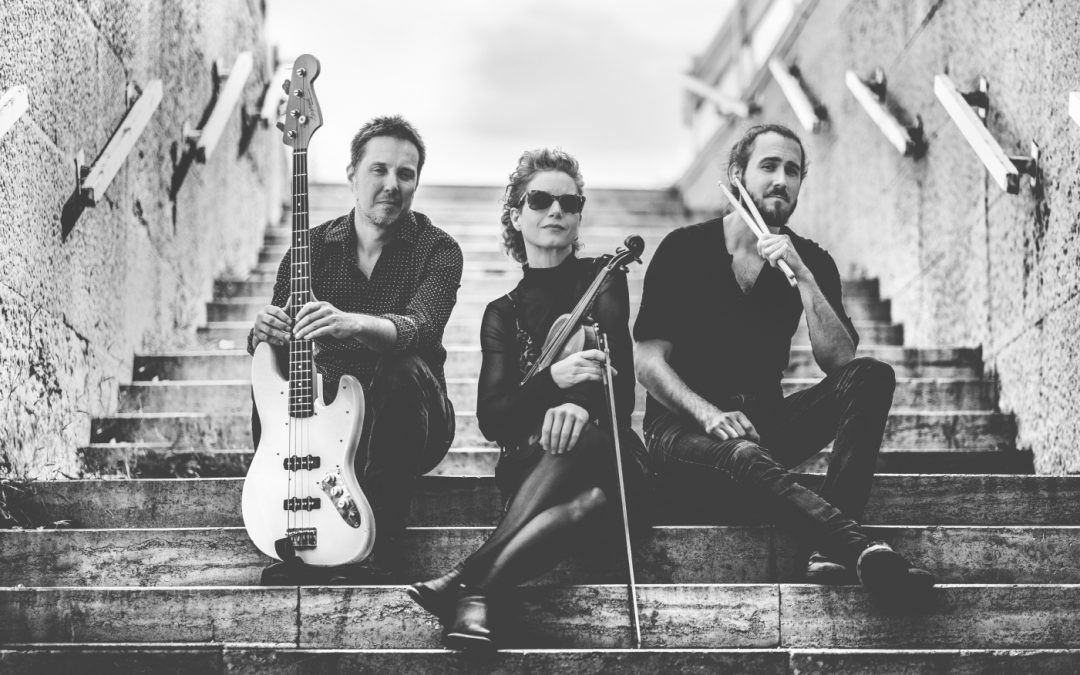
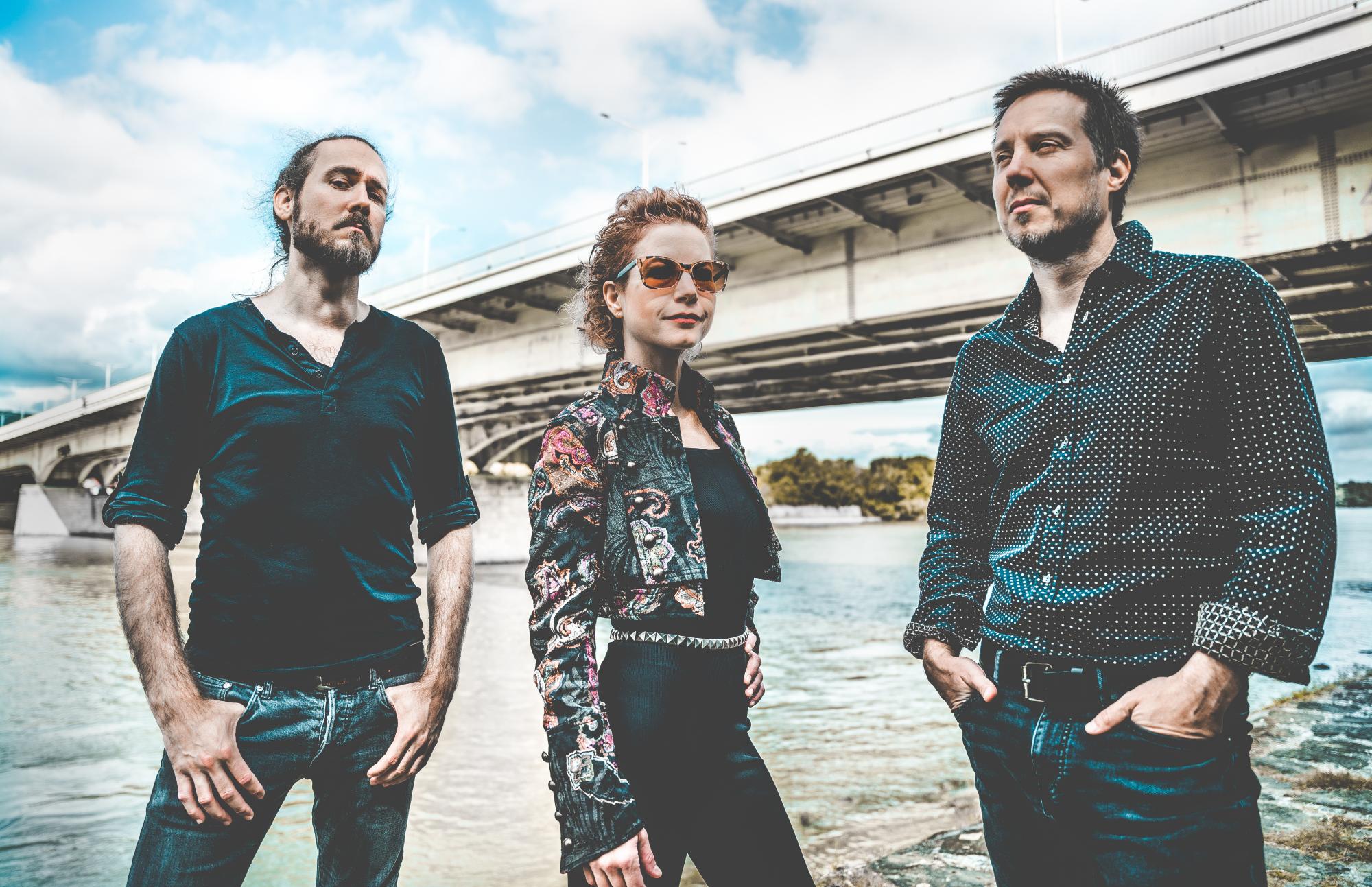
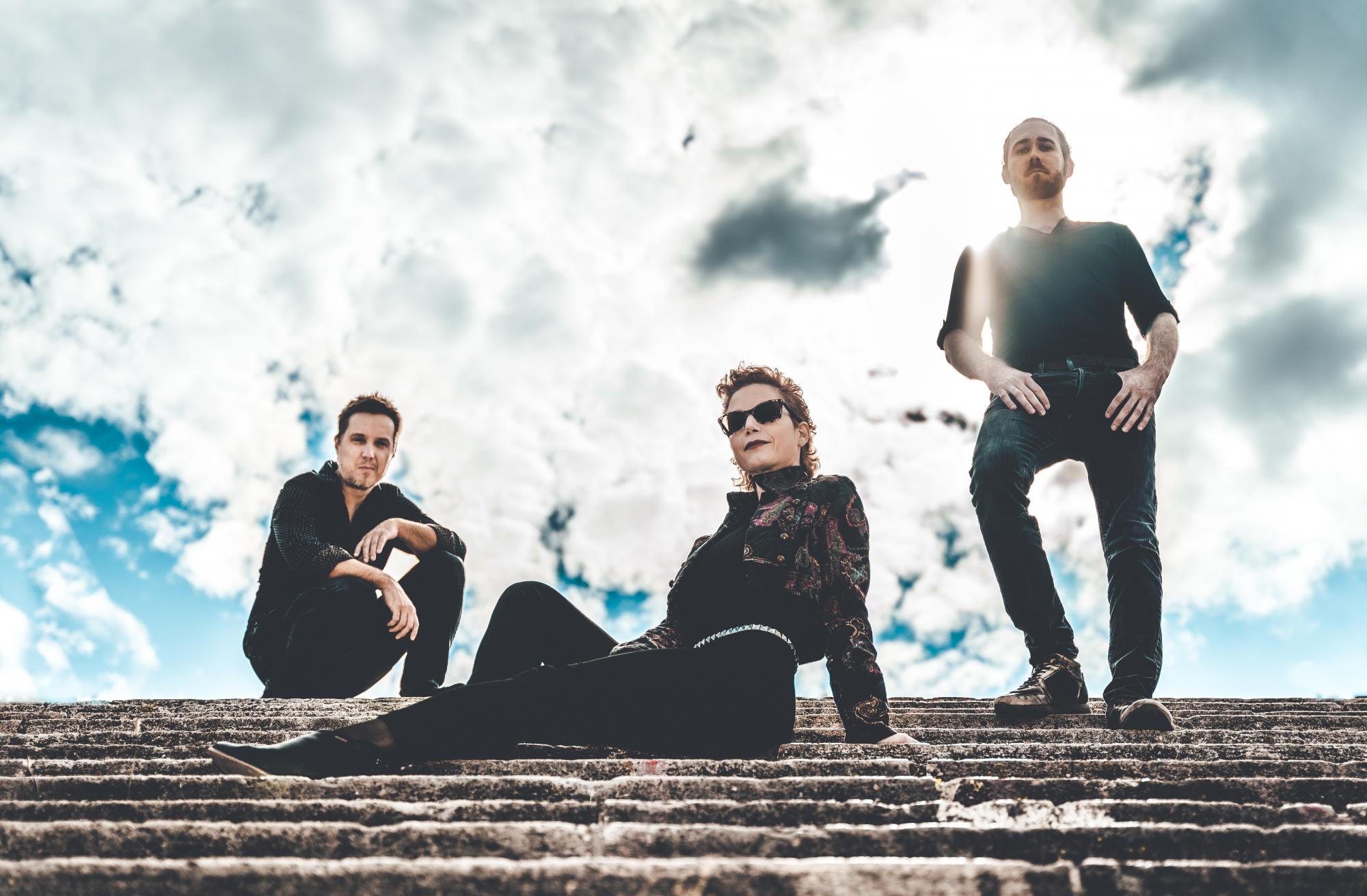

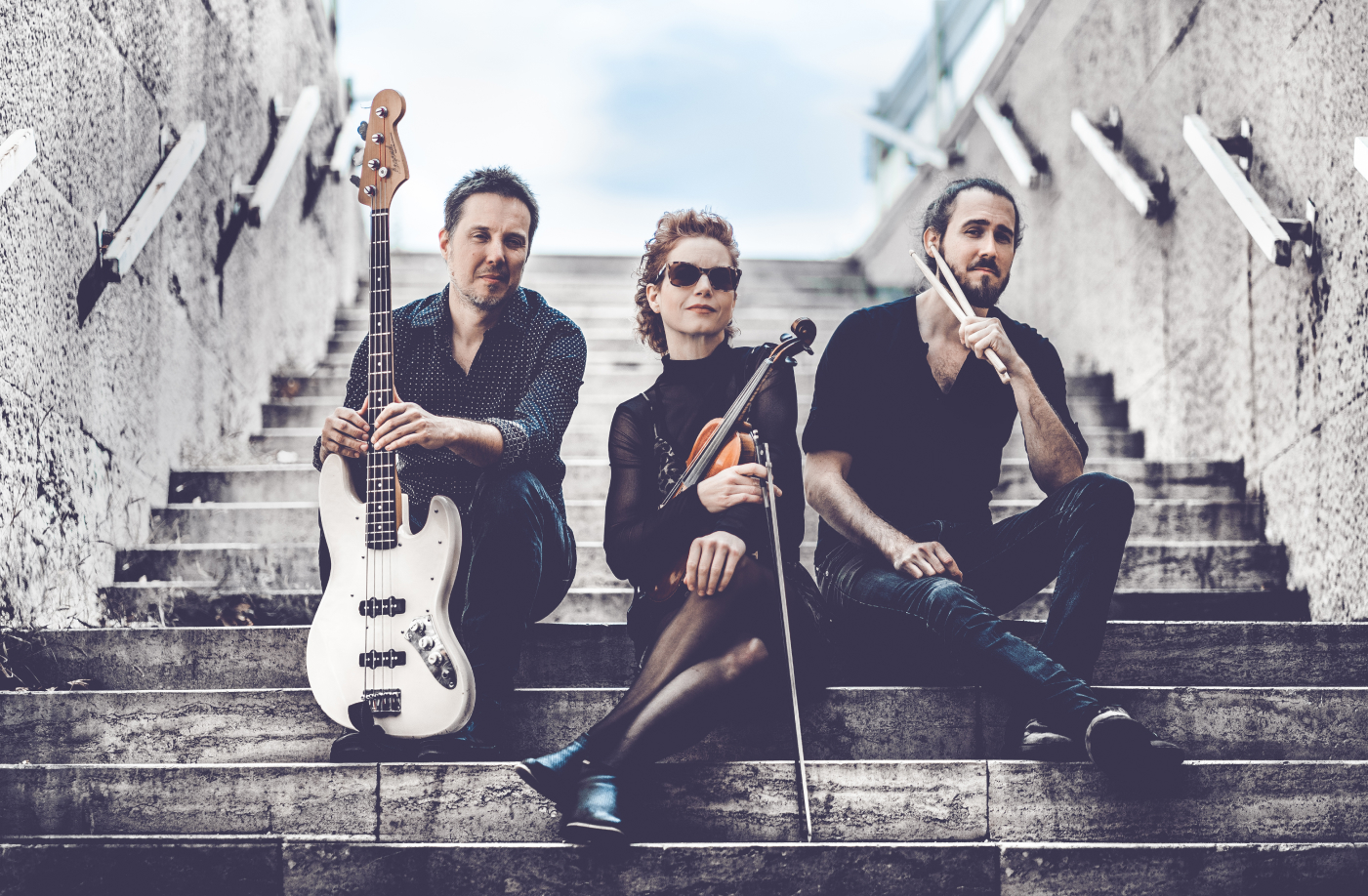
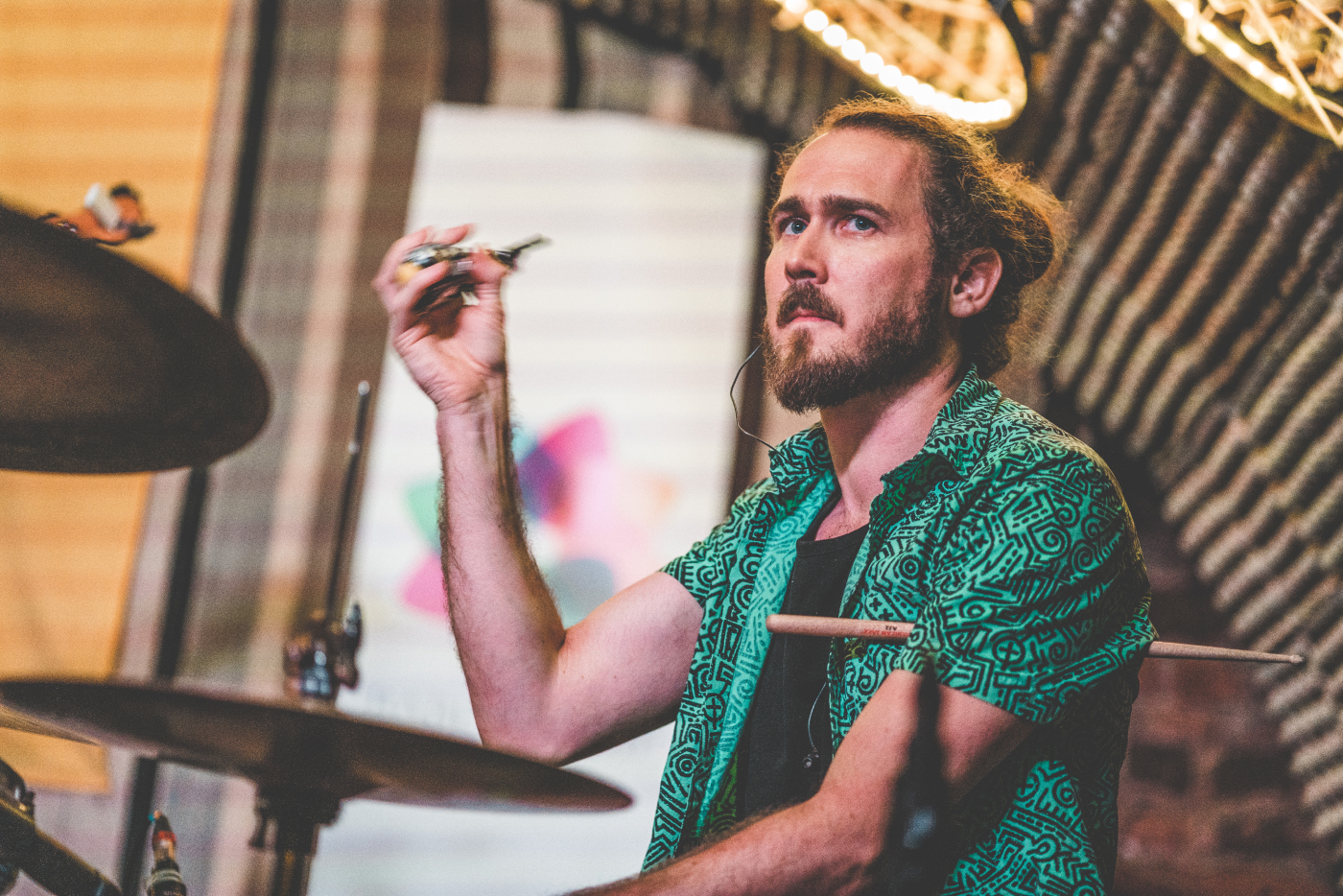
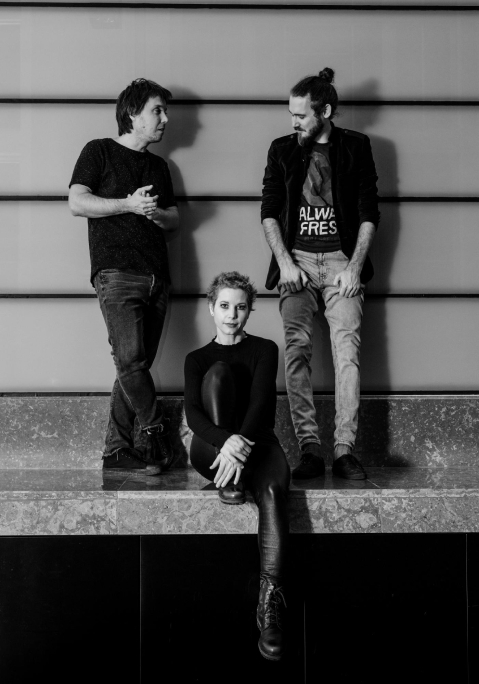
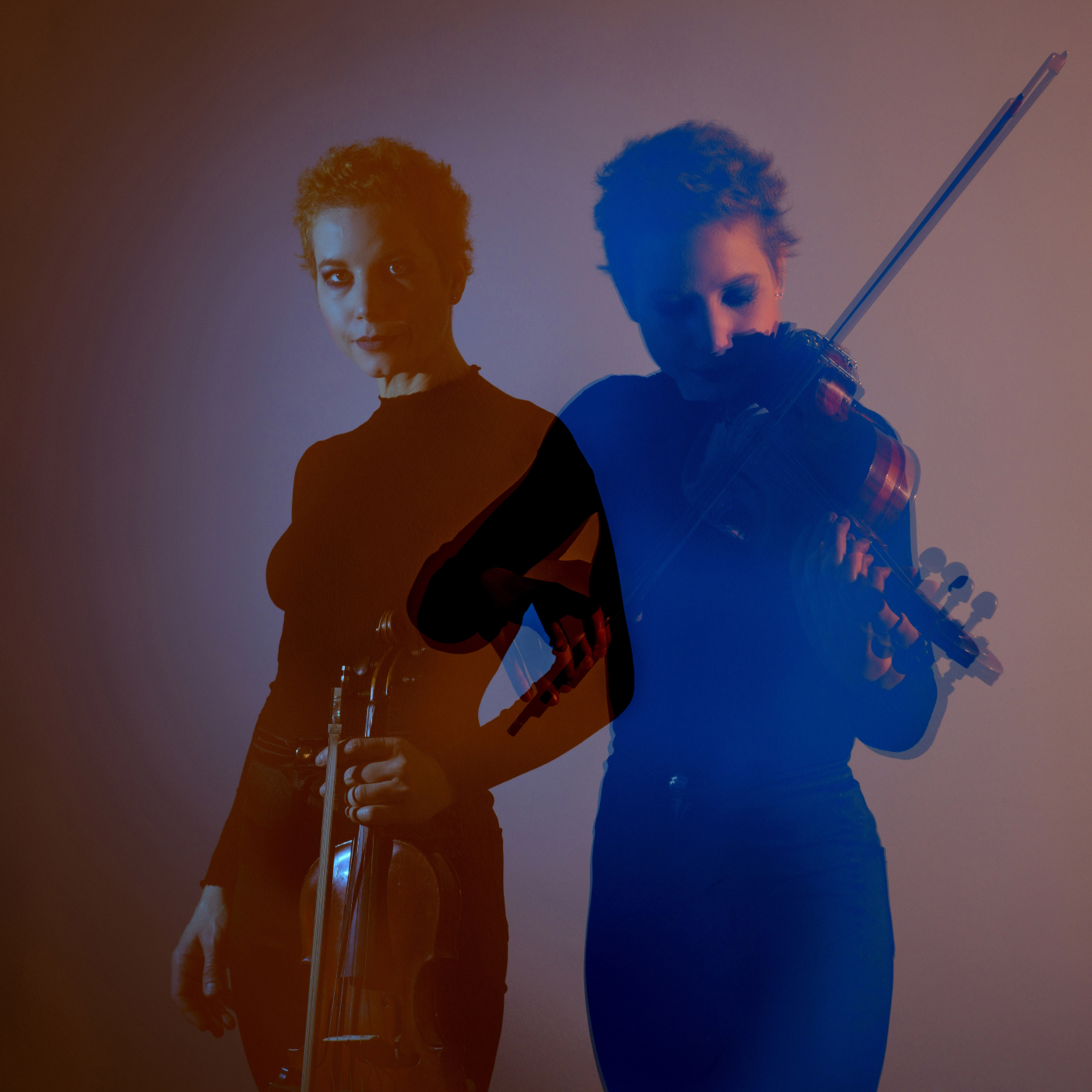
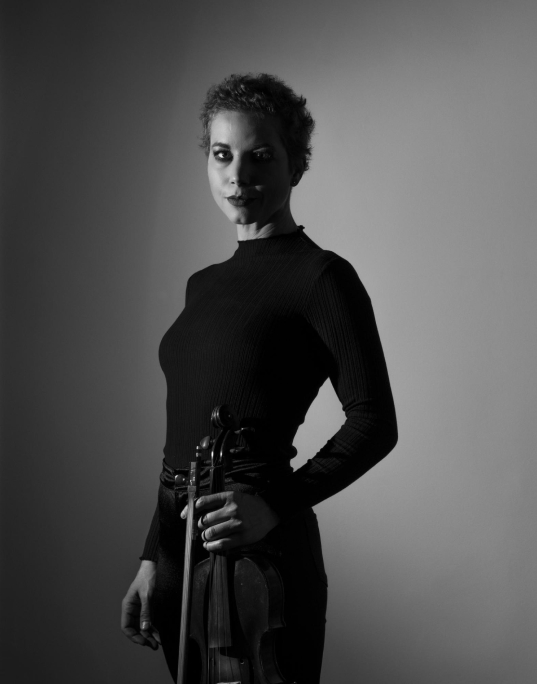
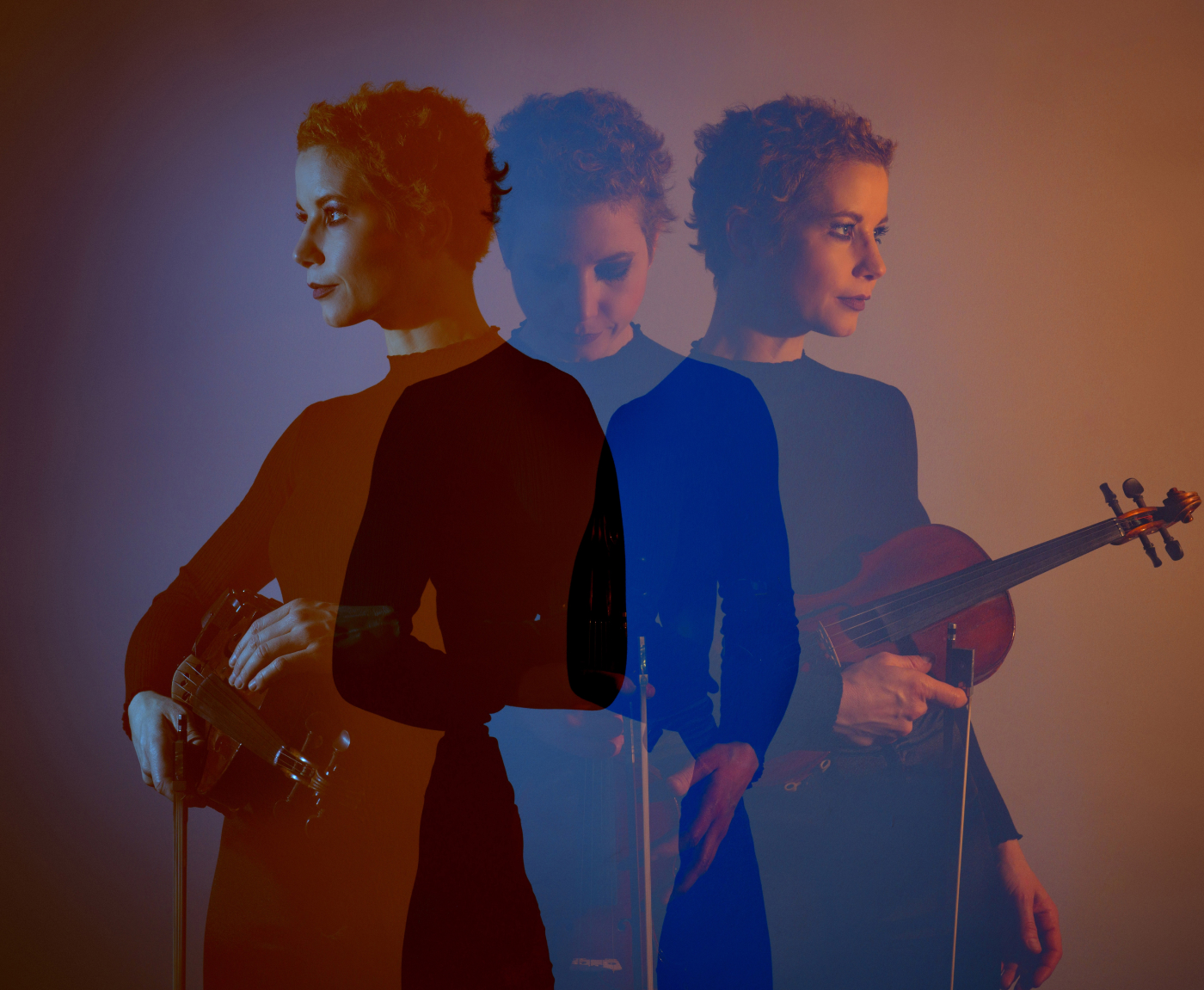

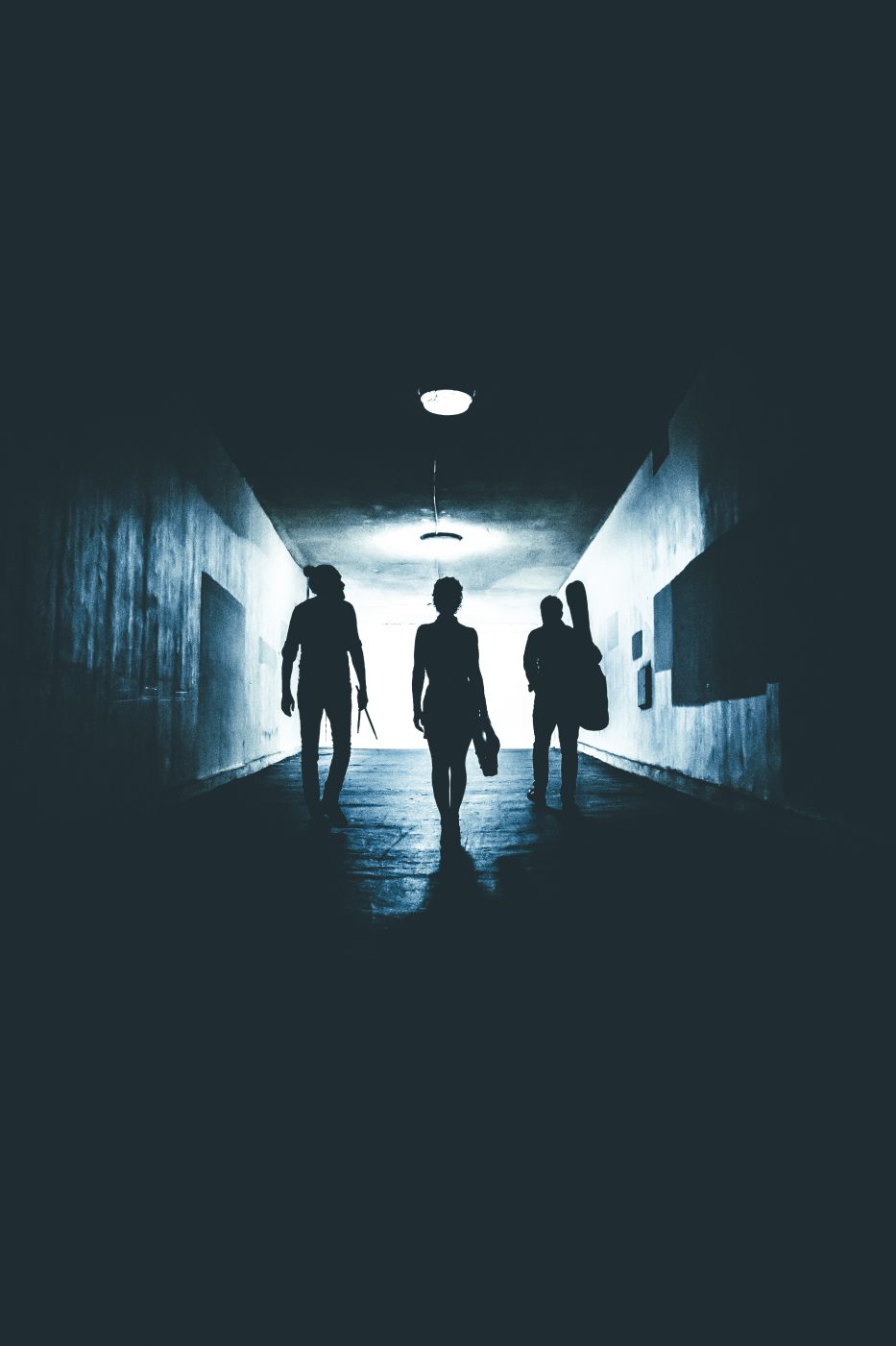
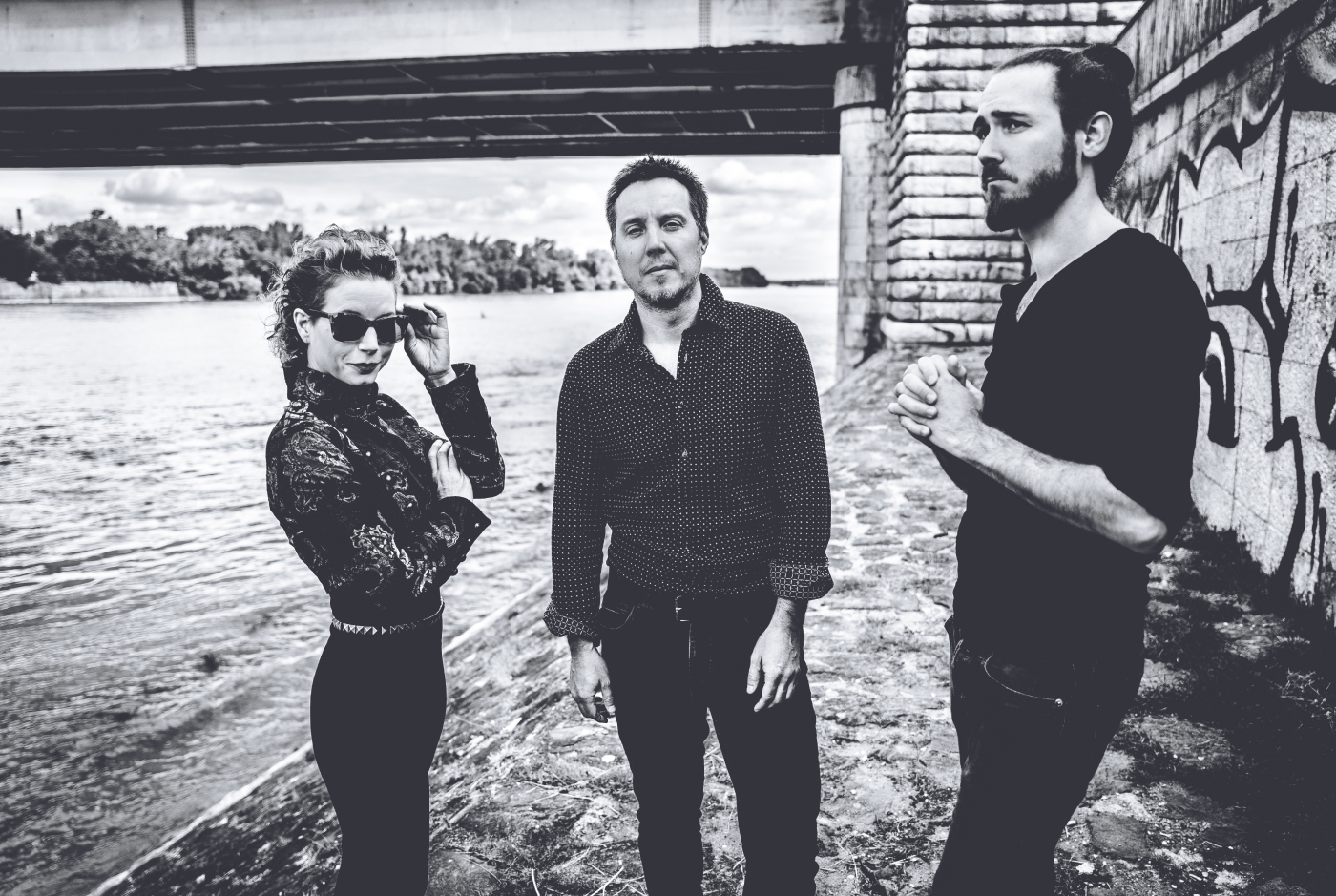




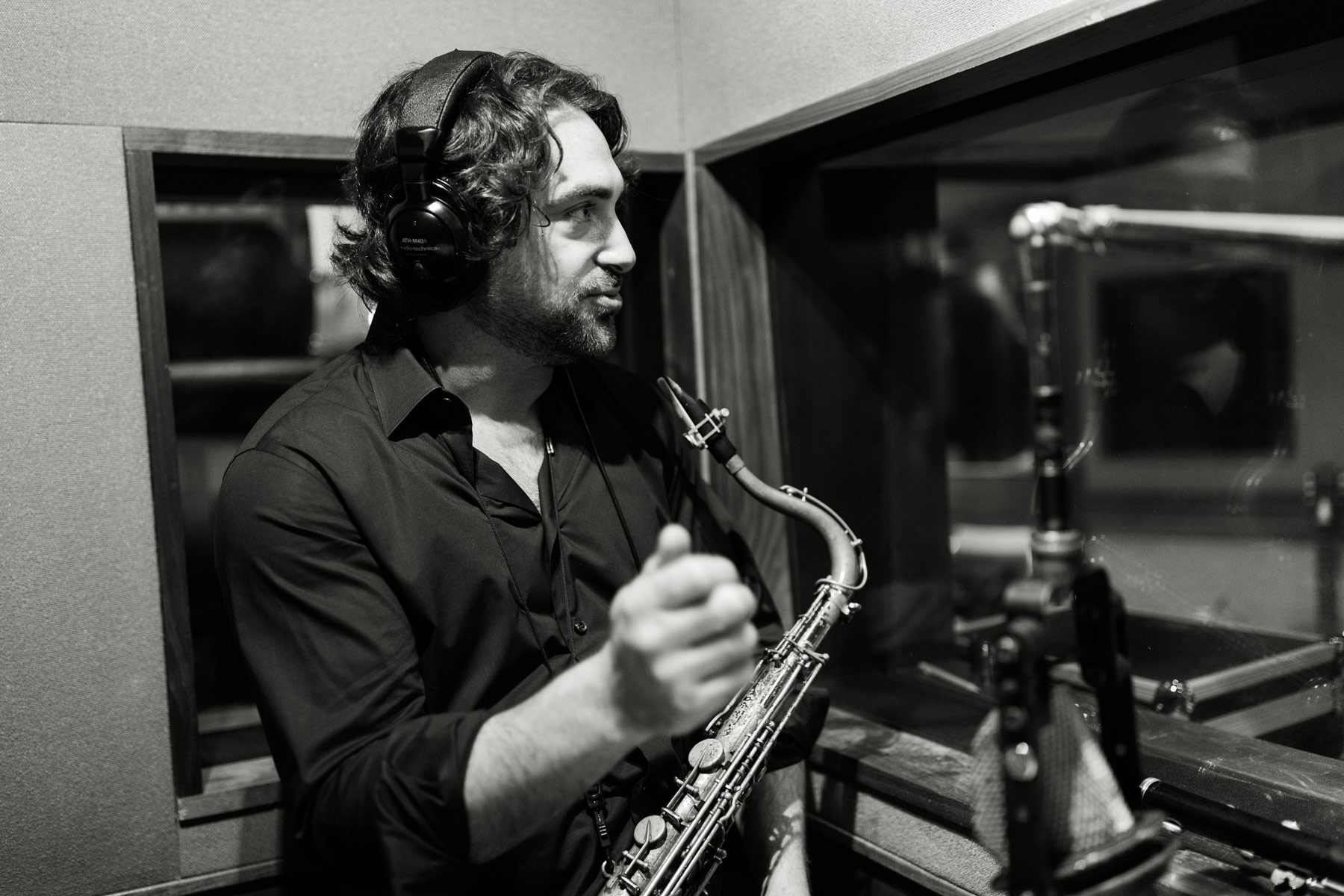


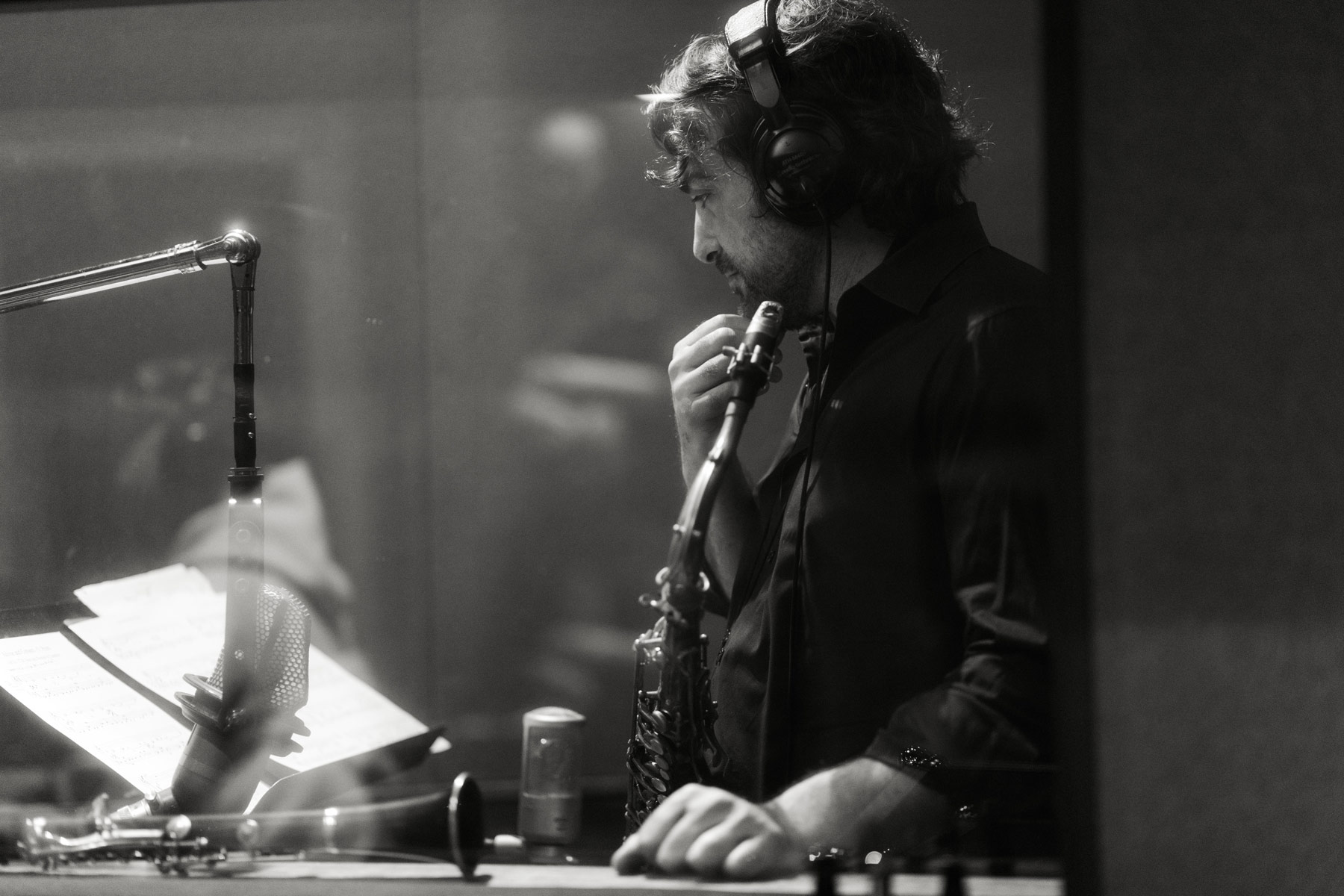
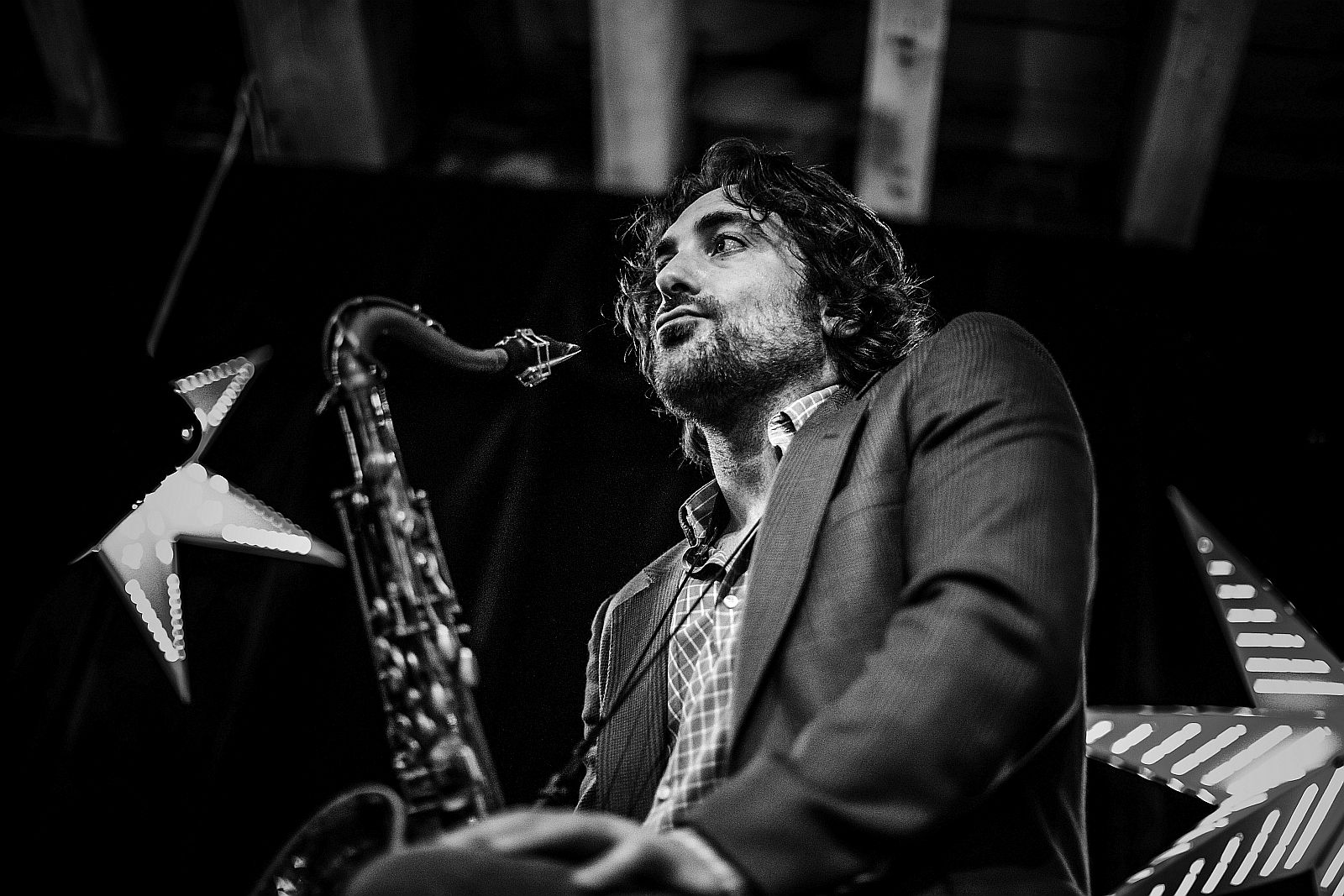

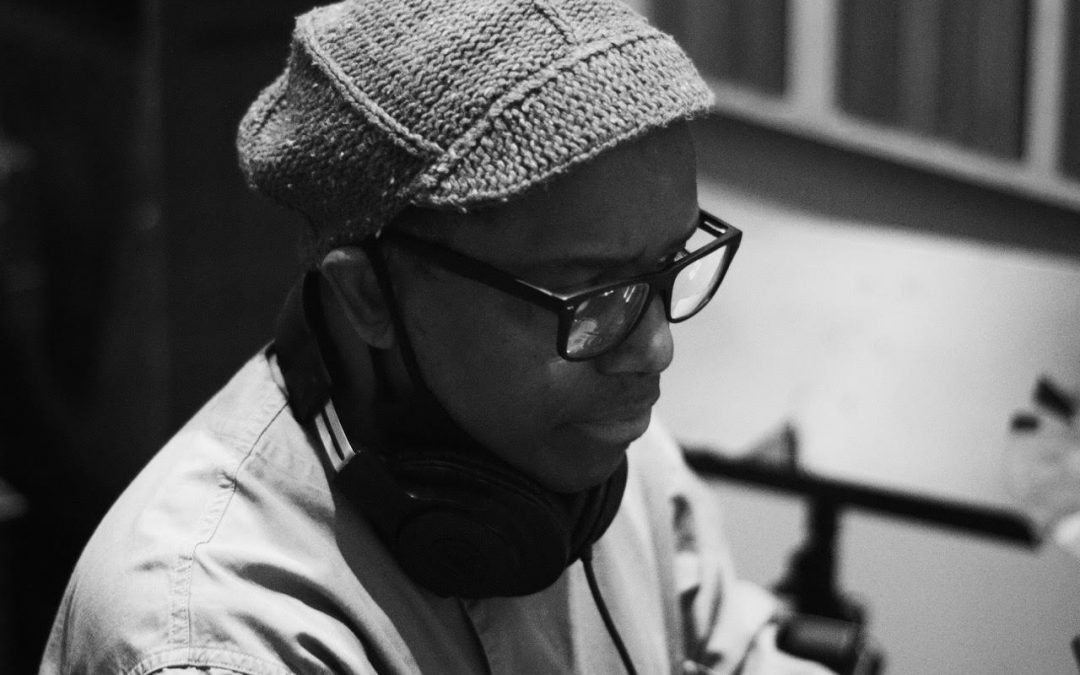

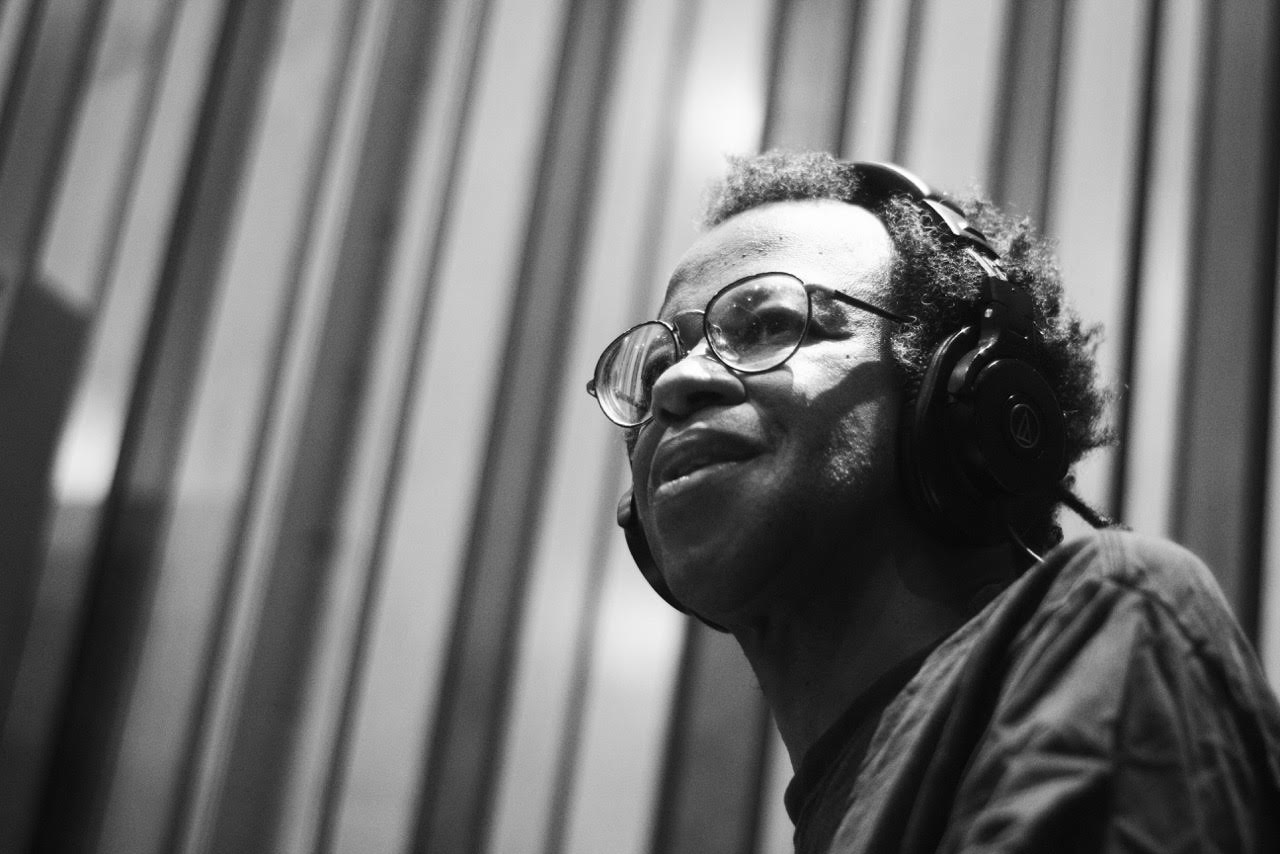
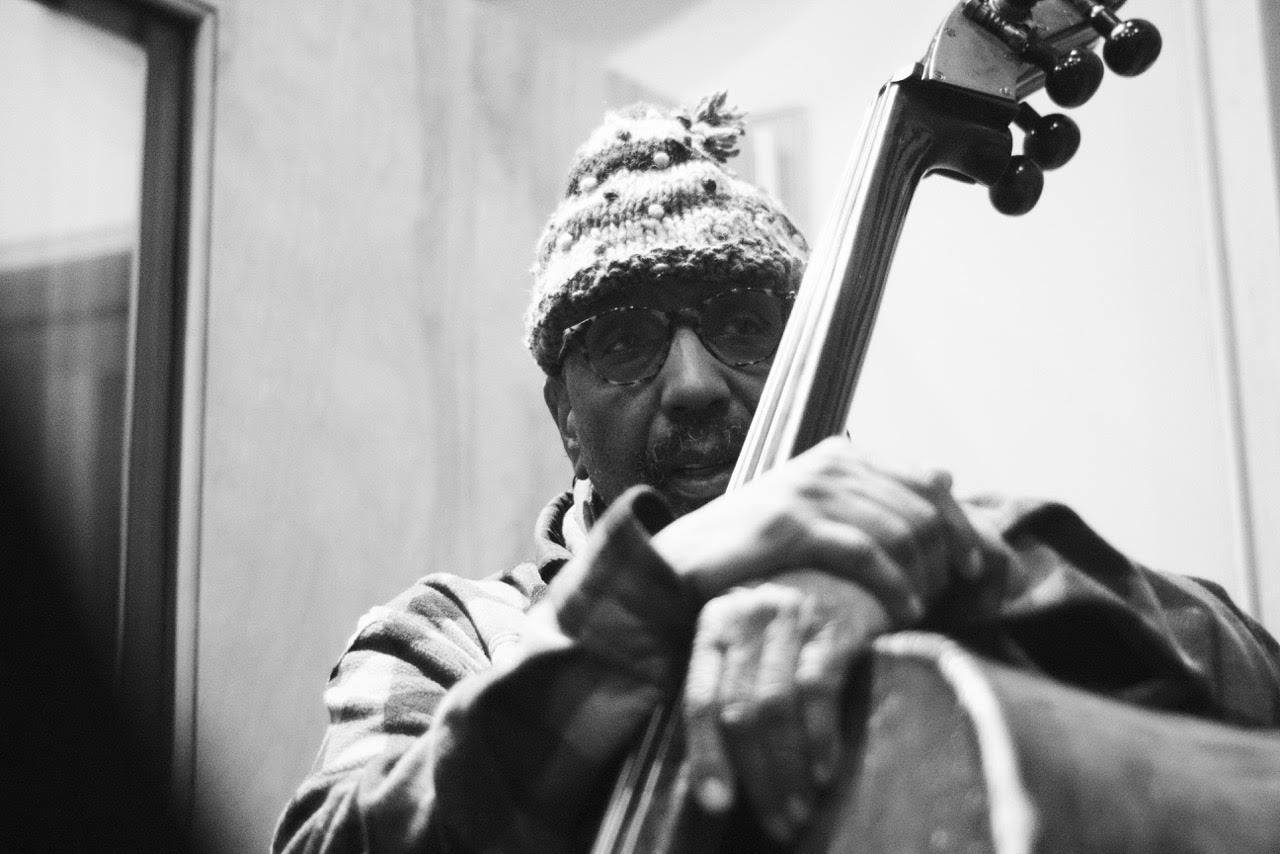
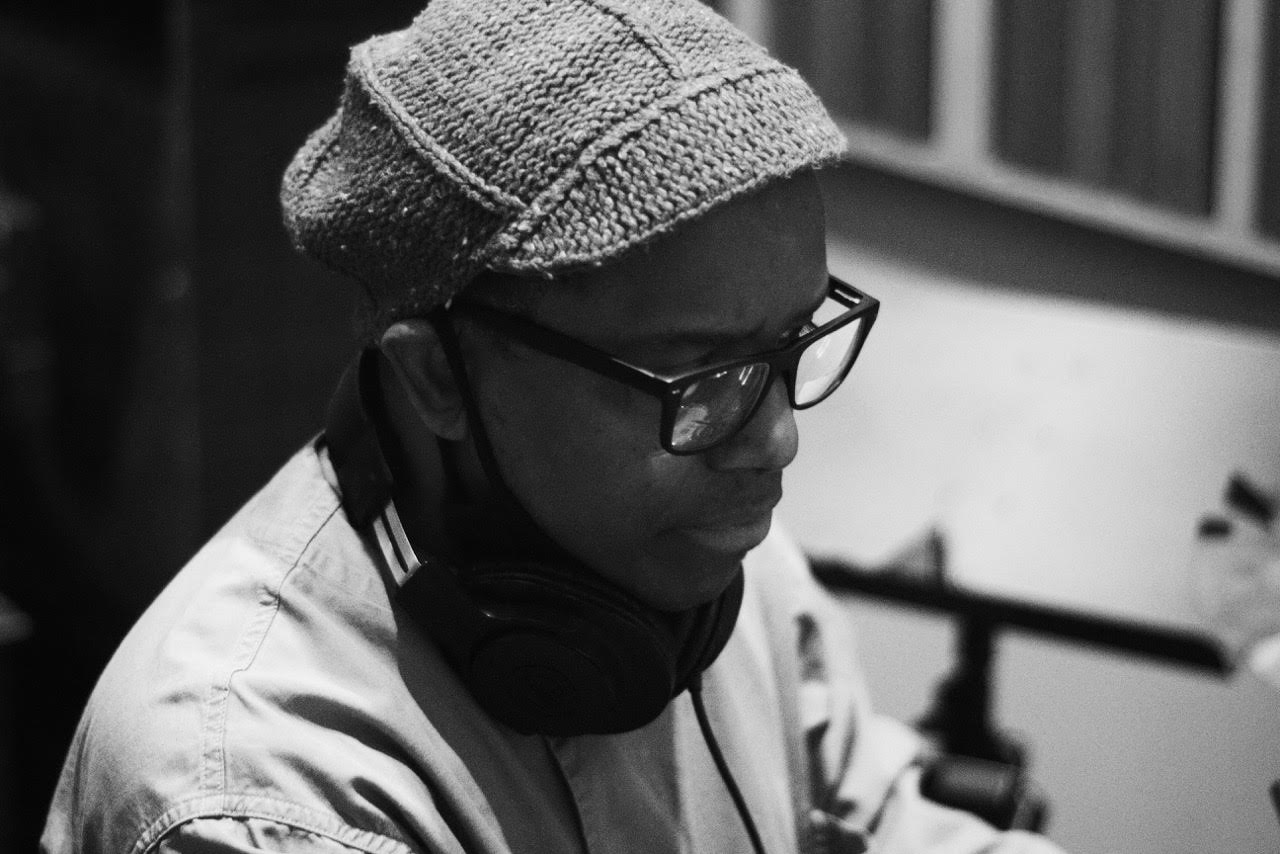
Comentarios recientes